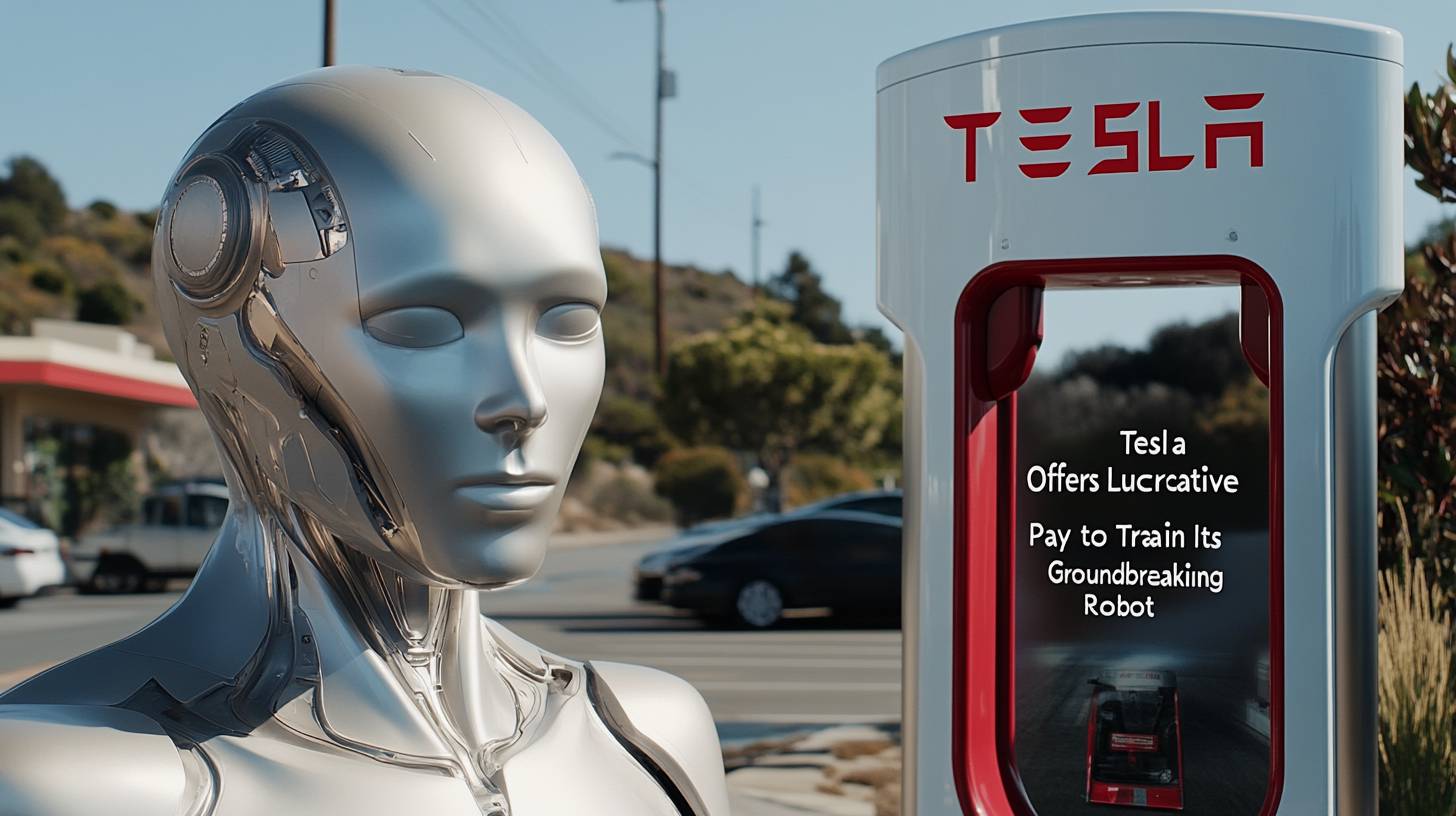
Tesla’s initiative for humanoid robots in manufacturing
Tesla (TSLA) is intensifying its efforts to integrate humanoid robots, particularly the Optimus model, into its manufacturing processes, aiming for a launch by the conclusion of 2025. Also referred to as the Tesla Bot, this innovation is designed to undertake tasks classified as dangerous, repetitive, or dull, with an initial deployment planned within Tesla’s facilities.
Recently, Elon Musk, the CEO of Tesla, has suggested that the company is working toward achieving “truly beneficial humanoid robots in limited production for internal Tesla use next year and, ideally, increased production for other enterprises in 2026.” As the deadline of 2025 approaches, Tesla has been proactively expanding its workforce in the realms of artificial intelligence and robotics, with a particular emphasis on Optimus development since mid-July.
After unveiling two Optimus robots at one of its factories, Tesla seems to be providing attractive compensation packages to draw talent for this pioneering technology. A fresh job listing on Tesla’s website, called “Data Collection Operator, Tesla Bot (Night Shift),” shows that the company is recruiting in California for a role involving the extended use of a motion capture suit and virtual reality headset. The position offers a salary range of .25 to per hour.
To qualify for the position, applicants must fulfill specific physical criteria, which include a height range of 5 feet 7 inches to 5 feet 11 inches, along with the capacity to walk for more than seven hours daily while carrying equipment weighing up to 30 pounds. The job also requires constant hand/eye coordination, precise manipulation, body coordination, and kinesthetic awareness. Furthermore, the job description notes that VR headsets may cause disorientation and can lead to VR sickness symptoms in some users.
Individuals in this role will also be tasked with analyzing and documenting the data gathered during trials, which includes writing daily reports that outline observations and any challenges faced.
Safety challenges and previous issues with robotics
Tesla’s swift progress in robotics, especially with the Optimus initiative, has encountered various challenges, particularly regarding safety. A report from November 2023 highlighted multiple safety incidents at Tesla’s Gigafactory in Austin, Texas, inciting concerns over the incorporation of robotics in high-risk settings. One significant event took place in 2021 when a robot arm, intended for maintenance shutdown, continued to operate, resulting in an engineer being pinned against a surface and suffering serious injuries. The predicament was only averted when another worker pressed the emergency stop button, but not before the injured engineer left a blood trail, showcasing the potential hazards of robotics in industrial environments.
Adding to these worries, data submitted by Tesla to the Occupational Safety and Health Administration (OSHA) indicated that in 2022, one in every 21 workers at the Austin Gigafactory reported injuries. This statistic emphasizes the hazards tied to the rapid introduction of sophisticated robotics in factory environments, where interactions between humans and robots are becoming more prevalent.
Despite these safety challenges, Tesla continues to maintain a positive outlook regarding the future of its humanoid robots. At a shareholder event in June, Elon Musk underscored that the Optimus robot could significantly impact Tesla’s future valuation, potentially elevating the company’s worth to trillion. By 2025, Tesla intends to have over 1,000 Optimus robots autonomously executing tasks in its factories, a strategy that could transform manufacturing but also requires rigorous safety measures to safeguard workers.

